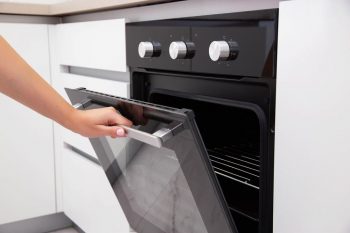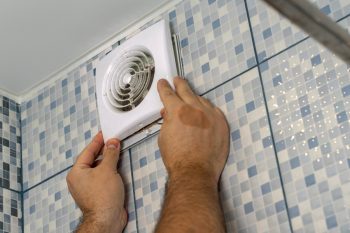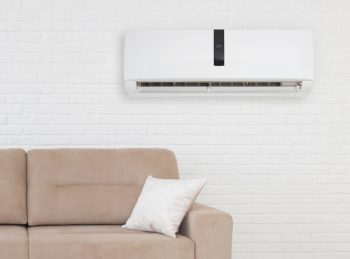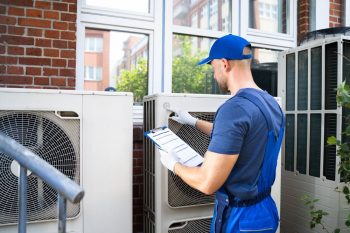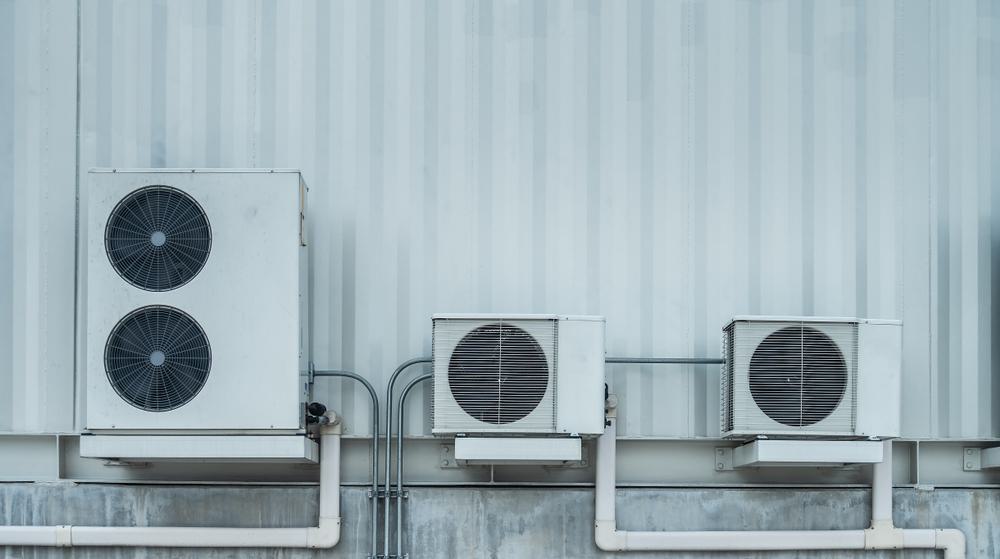
Running an air conditioner (AC) without a Printed Circuit Board (PCB) is a complex process and is often not recommended due to the essential role the PCB plays in the unit’s operation. However, there might be situations where you need to bypass the PCB temporarily. This article will guide you through the process, but remember, it’s always best to consult a professional HVAC technician if you’re experiencing issues with your AC unit.
Running an AC without a PCB involves bypassing the AC circuit board, which can be done by cutting off the main power, turning off the compressor, checking and replacing the transformer if needed, connecting the transformer wires to the AC power line, checking the thermostat wiring, connecting the power line to the blower motor, and then turning on the power. However, this process is complex, risky, and should only be performed by a trained technician. It’s also important to note that running an AC without a PCB should only be a temporary solution until a replacement PCB is obtained.
Understanding the Role of PCB in an AC Unit
Firstly, let’s understand what a PCB is and its role in an AC unit. A PCB in an AC unit is like the ‘brain’ of the system. It controls and communicates with various components within the unit, including the thermostat, fan speed, and compressor operation. It’s made up of an insulating material, such as fiberglass or plastic, with etched conductive pathways on it. The PCB contains various components like transistors, capacitors, and resistors, which are connected by these conductive tracks.
Why Would You Need to Run an AC Without a PCB?
Running an AC without a PCB is not a common practice. However, situations may arise where you need to bypass the PCB temporarily. This could be because the PCB is damaged and a replacement isn’t immediately available. Remember, bypassing the AC circuit board should only be a temporary solution until the proper replacement PCB is obtained.
How to Operate an AC Without a PCB
Operating an AC without a PCB involves bypassing the AC circuit board. Here are the general steps:
- Cut off the main power to the AC unit.
- Turn off the compressor unit as a precautionary measure.
- Check the AC unit’s transformer and replace it if needed.
- Connect the two 24-volt transformer wires to the AC power line.
- Check the thermostat wiring.
- Connect the main power line to the blower motor.
- Turn on the power and start your AC unit.
Note: These steps are only informational and should be performed by a trained technician. Bypassing the AC circuit board can be risky and may lead to further damage to the AC unit or even pose safety hazards.
Risks and Potential Problems of Running an AC Without a PCB
Running an AC without a PCB can lead to several risks and potential problems. These include:
- Inability to control temperature and other performance parameters.
- Inefficient operation leading to higher energy consumption and increased utility bills.
- Potential damage to other components.
- Safety concerns due to the higher risk of electrical issues.
Safety Measures to Consider
If you decide to run an AC without a PCB, ensure to take the following safety measures:
- Hire a trained technician to bypass or modify the AC circuit board.
- Ensure proper grounding of the AC unit.
- Use a dedicated circuit for the AC unit.
- Avoid using extension cords with your AC unit.
- Regularly check cords and outlets for signs of overheating or damage.
- Monitor for signs of overload.
- Maintain regular cleaning and maintenance of the AC unit.
In conclusion, while it’s possible to run an AC without a PCB, it’s not recommended due to potential risks and problems. Always consult a professional HVAC technician to address any issues with your AC unit’s PCB.
Frequently Asked Questions
What is a HVAC technician?
A HVAC (Heating, Ventilation, and Air Conditioning) technician is a professional who specializes in the installation, maintenance, and repair of heating, cooling, and refrigeration systems.
What is the function of a thermostat in an AC unit?
A thermostat in an AC unit is a device that regulates the system’s temperature. It works by sensing the temperature of the room and controlling the output of the system to maintain the desired temperature.
How can I tell if my AC’s PCB is damaged?
Some common signs of a damaged PCB in an AC unit include the AC not turning on, the unit not responding to the remote control, the unit running continuously, or the AC not cooling properly. It’s best to consult a professional HVAC technician for a proper diagnosis.
Can I replace the PCB in my AC unit myself?
While it’s technically possible to replace the PCB in your AC unit yourself, it’s not recommended unless you have experience and knowledge in electronics and HVAC systems. The process involves dealing with high-voltage components and can be dangerous if not done correctly.
What are the potential safety hazards of running an AC without a PCB?
Running an AC without a PCB can lead to electrical issues that may pose a risk of fire or electrical shock. It can also cause damage to other components in your AC unit, leading to costly repairs or replacement. Always consult a professional HVAC technician if you’re experiencing issues with your AC unit.

